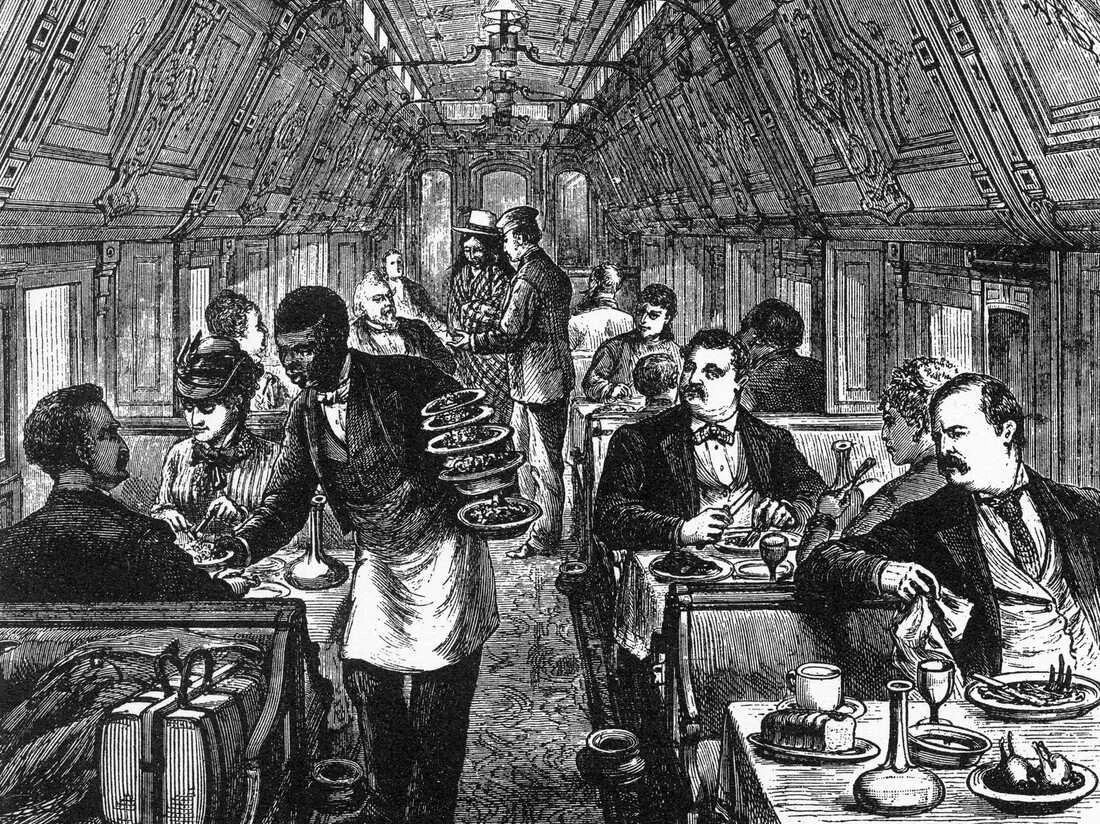The Dos & Don’ts of Tipping Etiquette
Tipping etiquette questions know no end. With modern dining etiquette always evolving, now seems as good a time as ever to remind ourselves of the basics.
The war on tipping
There's an impression that fighting back against the gratuitous nature of tipping and its skyrocketing percentages is a phenomenon of modern dining only. It is not.
Tipping is believed to become customary in the aftermath of the American Civil War when freed enslaved people entered the labour market for next to no money.
Tipping, as demonstrated in America, suffered a fierce backlash from the very beginning during the mid 19th century, with one British author saying the following,
“The hotel manager [...] proves his insincerity by adjusting his wage scale on the estimate that the guests will pass money to his employees! Professional hospitality as “enjoyed” by Americans is a travesty on democracy. Tipping, and the aristocratic idea it exemplifies, is what we left Europe to escape. It is a cancer in the breast of democracy.”
Tipping etiquette for modern dining
On the positive side, tipping is a gesture that shows gratitude for a service provided. Generally, one finds that those who object to having to leave anything are those who haven’t ever worked in the hospitality industry, or had to spend five minutes loading an industrial dishwasher, or dealing with patronising patrons.
While some countries get a little too carried away with percentages, there are some general rules and regulations to follow.
Just the tip?
There is no golden rule for how much you should tip as it varies from country to country. Deferring to local culture is - as ever with good manners - the order of the day.
UK vs US tipping
In the UK, the standard is 10% - although, with the advent of credit card machines, this has risen to 12.5% to cover the fees the card companies take from vendors. But if paying with cash then 10% is still acceptable. Be aware that the tip is often added to the bill already (called service charge), so you don’t need to add anything on further.
In the United States of America, 20-25% is the norm, although you can sometimes get away with 15%. Start saving now.
Should you ever refuse to tip?
While you may object to paying more for your meal or coffee order, you can only opt not to leave any gratuity if there is a valid justification for a problem with what you have been served or experienced.
Good manners mean you should be prepared to speak to a manager to explain why you are choosing to withhold the service charge. Keep it factual and remove as much emotion as possible when doing this.
Leaving only the remnants of your spare change is the height of rudeness. It would be better not to tip at all than use your (hopefully) hard-working waiter to offload your decimal shrapnel.
What about hotels and housekeeping? That is an excellent question, but far be it from me to drain you on this Sunday morning.
If you'd like to have a really long-read of these particular nuances, do consider looking at Just Good Manners and its various international editions (more exciting news on that soon - especially if you speak German or French...)
And there's no need to tip me for today's newsletter. Just for the avoidance of doubt.
Yours blessedly,
William



